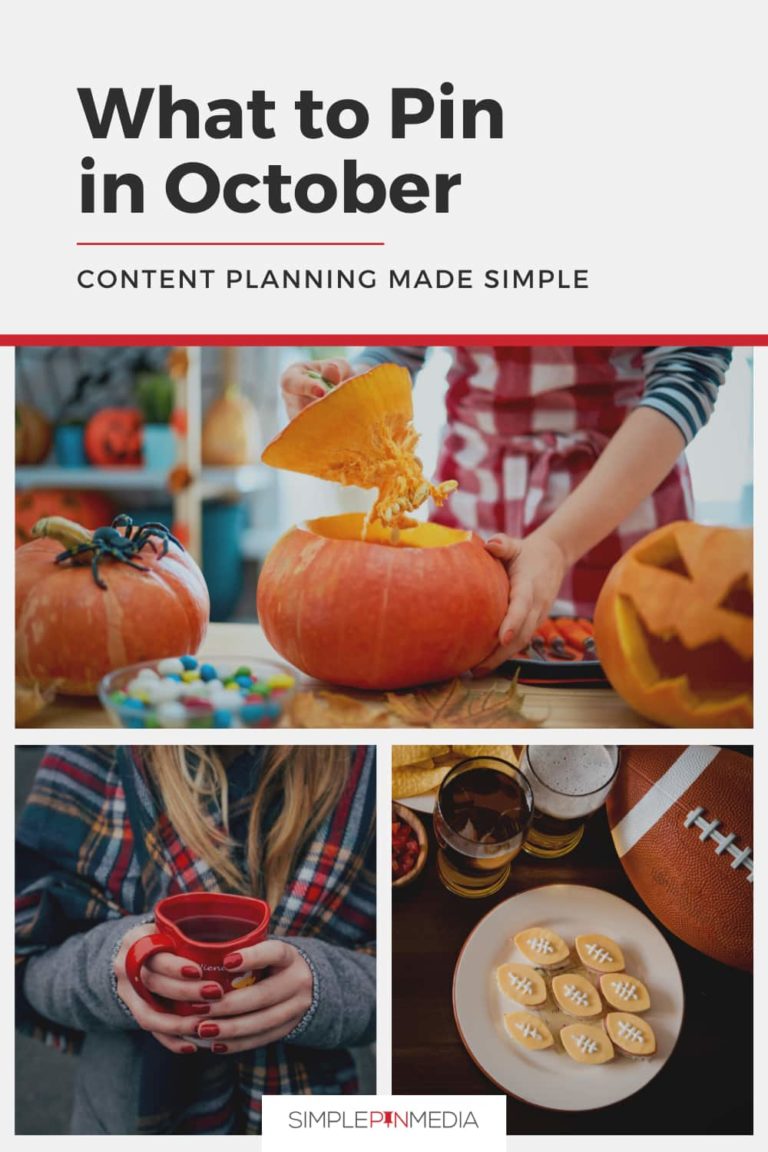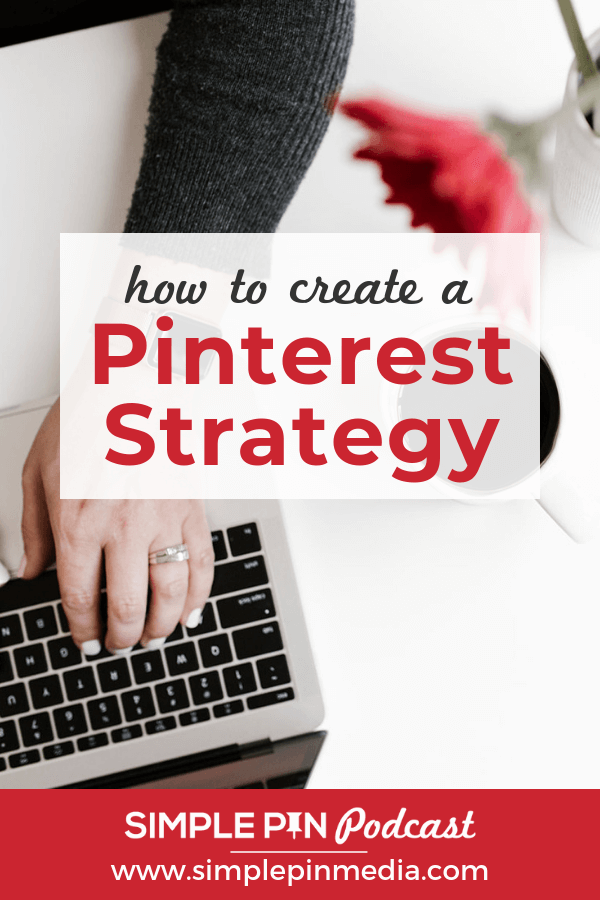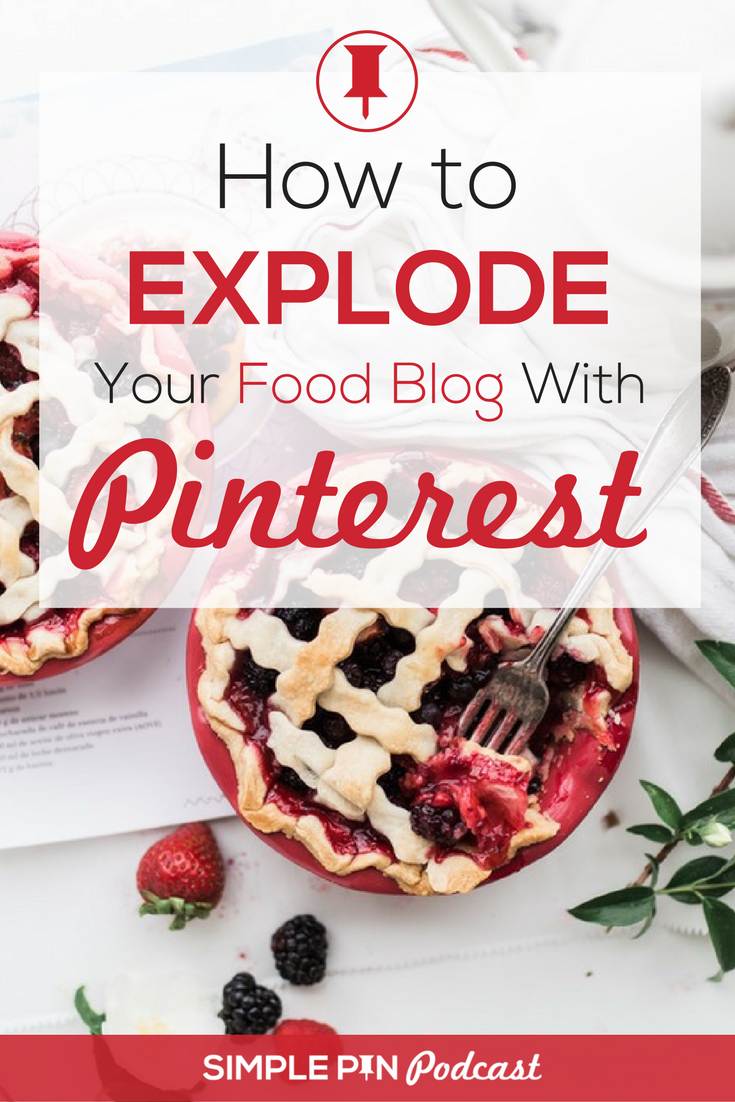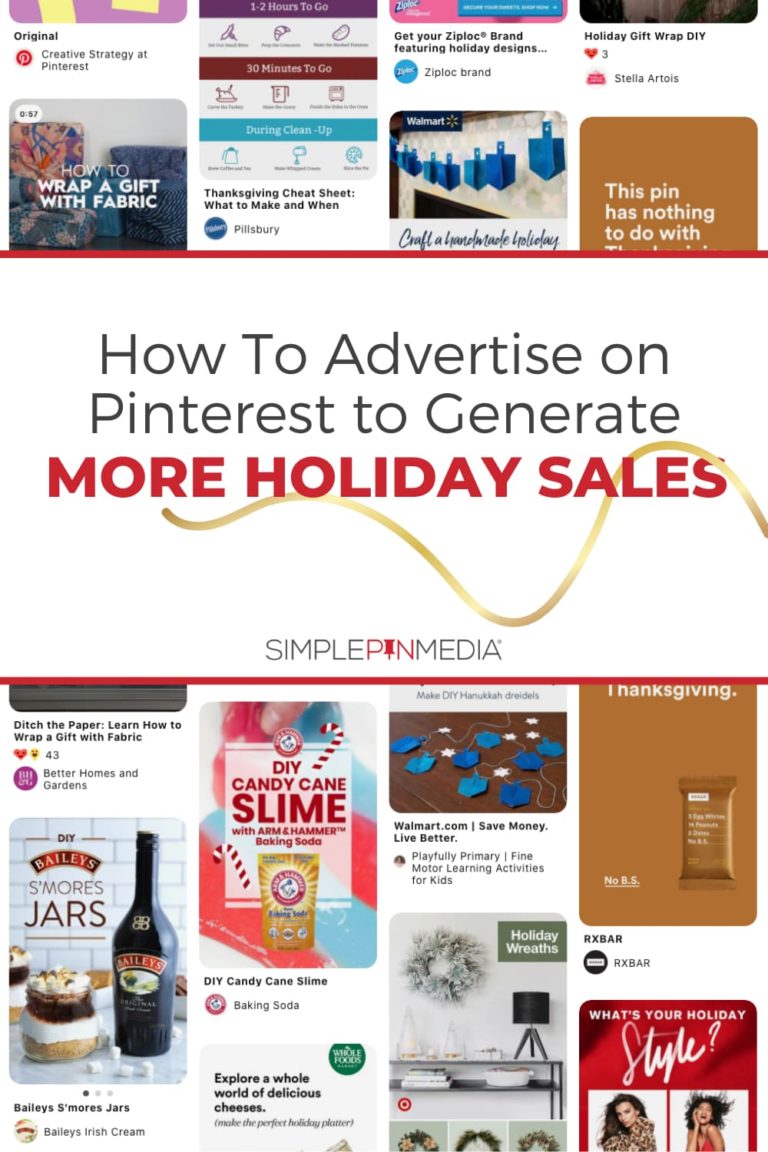Content planning can be overwhelming. It’s hard to know where to start, how to plan, and what the best workflow is. Whether you’re a seasoned marketer or just getting started with Pinterest, this guide will help you create a content strategy that stands out and drives results.

Why You Need a Content Calendar for Pinterest Success
The best way to make sure you succeed with your Pinterest marketing strategy is by having a robust library of content, even if you are an e-Commerce merchant. Pinterest users are often in the early stages of discovering new brands and products. To capture their interest and drive engagement, it’s essential to provide valuable and relevant content.
Creating a content calendar allows you to plan your marketing in advance and target different audience segments effectively. While it’s great to have product listings, adding content to the mix will enhance your visibility and engagement on Pinterest.
Before we dive into the tools and workflow for content planning, here are a couple of things to keep in mind:
- Personalize Your Workflow: Everyone’s brain works differently, so tailor the process to fit your style. What works for one person might not work for another.
- Find the Right Time: Set aside an hour on a fresh Monday morning or another time when you’re feeling creative. Avoid doing this on a busy day filled with other tasks. A change of scenery, like a coffee shop or a library, can also boost creativity.
Related: Why A Content Calendar Is Key For Pinterest Marketing
Tools To Use For Content Research
Now let’s talk about the tools that are the most helpful when it comes to content planning and research on Pinterest.
1. Pinterest Trends
Pinterest Trends is a fantastic tool for identifying what’s currently popular. To access it, go to the Trends section under Pinterest Analytics in your account. You can explore trends by country and see what’s gaining traction. For example, if you search for “Halloween treats,” Pinterest Trends will show you the search volume and related terms.
2. Pinterest Search Bar
The search bar on Pinterest is another valuable resource. Enter your primary keyword, such as “Halloween treats,” and note the autocomplete suggestions. These can provide insights into what people are actively searching for. Additionally, look at the top-ranking pins to understand what content is performing well.
Related: How To Create Content From The Pinterest Trends Tool
Creating a Content Calendar
Now that you’ve familiarize yourself with the trends tool and search bar, it’s time to start building out your content calendar.
Step 1: Gather Ideas
Start by opening a Google Sheet (or your preferred note taking tool) and create a document labeled “Editorial Calendar.” Divide it into sections for the date, topic, blog post/video title, and pin text.
Create separate sheets for different topics or keywords. For instance, you might have one sheet for “Halloween Costumes” and another for “Halloween Party Ideas.”
Use Pinterest Trends and the search bar to generate ideas. For example, if you’re focusing on “Halloween costumes,” get specific like “Halloween costumes for adults” or “Halloween costumes for teens.” Record these ideas, and don’t worry about editing yourself at this stage. The goal is to brainstorm and gather as many ideas as possible.
Step 2: Develop Content
Once you’ve compiled your ideas, begin to flesh out your content calendar. Include details such as:
- Date: When you plan to publish the content.
- Topic: The main subject of the content.
- Title: A working title for your blog post or video.
- Content Type: Specify if it’s a blog post, video, or another format.
- Pin Details: Note the type of pins and their text.
- Target Keyword: Record the keyword you’re targeting in your blog post or video.
Aim to come up with at least 10 blog post ideas or content pieces per topic. This allows for a diverse content mix and helps you target different aspects of your keyword.
Ideation Tips
During the ideation phase, allow yourself to think outside the box. Don’t focus on how feasible an idea is; instead, concentrate on generating creative concepts. For example, you might consider unique angles like “Halloween costumes for college students” or “DIY Halloween party ideas.”
If possible, collaborate with a team member or colleague to brainstorm ideas. Multiple perspectives can lead to even more creative content.
Embrace Flexibility
Your content calendar is a living document that will evolve over time. Keep it flexible and be prepared to adjust as trends and your business change. Share your progress and inspiration with us on Instagram or other social platforms—we’d love to see how you’re using Pinterest to for your content planning!
Remember, the key to a successful Pinterest strategy is to stay creative, organized, and responsive to trends. Happy pinning!
More Pinterest Marketing Resources:








